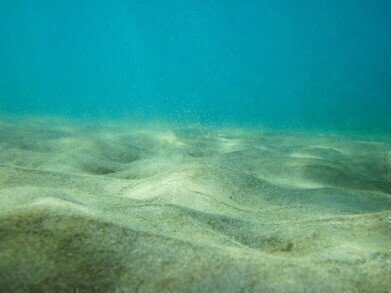Environmental Laboratory
What Is Pulse Fishing?
Feb 06 2018
Members of the European Parliament (MEPs) met last month to vote on a new set of rules regulating the fisheries industry across the EU, including a controversial amendment to outlaw the practice of pulse fishing. What exactly is this method? Why has it been banned? And is the prohibition justified? EnviroTech investigates.
Pulse fishing v traditional trawling
The conventional method of trawling is known as beam trawling and involves attaching lengthy beams to each end of a fishboat. A net is spun between these two supports and heavy chains weigh the net down to the bottom of the ocean, dragging it along the seabed. This has the dual purpose of keeping the net open and disturbing marine life on the ocean floor, thus forcing it into the net.
Pulse fishing, meanwhile, dispenses with the heavy beams and chains and instead relies upon the use of an electric current. By sending shorts pulses of electricity down into the sea, the technique shocks flatfish from their resting place and up into the waiting nets. It’s not to be confused with blast fishing, which is highly damaging, illegal and condemned across the globe.
For and against
Supporters of pulse fishing claim that the technique does not cause the same damage to the ocean floor as beam trawling does. They also argue that the use of electricity bursts is more efficient in disturbing only targeted species and reducing bycatch of unwanted benthic lifeforms at the bottom of the ocean. Moreover, the fact that pulse trawlers do not need to carry the extra weight of beams and chains means they are more fuel-efficient.
Those against the practice counter that too little is known about its effects. A 2017 investigation found that pulse fishing can cause irreversible damage to species such as whiting and cod; during the study, 10% of those subjected to the pulses suffered haemorrhages and vertebral fractures as a result of the shock sustained. Critics argue that marine flora and fauna is already being subjected a myriad of threats from human activity (coral bleaching, blue green algae and oil spillages, to name but a few) and that the under-investigated practice of pulse fishing is a needless risk.
The EU speaks
The European Parliament moved to ban pulse fishing at a vote on Tuesday 16th January, where the proposition to outlaw the practice was passed by 402 votes to 232, with 40 MEPs abstaining. The decision was part of a wider overhaul of older legislation, which comprised over 30 individual regulations that had become difficult to understand and enforce.
“The current state of standards is impractical, complex and rigid, so there is a need to revise the technical measures. Everyone agreed we needed simplification,” explained spokesman Gabriel Mato. “We shouldn’t reinvent the rules, but rather make them clearer and more practical to implement for fishermen and others, with regionalisation and results-based programming which is helpful for the fishermen, and national and local authorities being able to take decisions in line with the broad framework.”
Digital Edition
IET 34.2 March 2024
March 2024
Gas Detection - Biogas batch fermentation system for laboratory use with automatic gas analysis in real time Water/Wastewater - Upcycling sensors for sustainable nature management - Prist...
View all digital editions
Events
Apr 17 2024 Guadalajara, Nexico
Apr 18 2024 Shanghai, China
Apr 22 2024 Hannover, Germany
Apr 22 2024 Marrakech, Morroco
Apr 23 2024 Kuala Lumpur, Malaysia


















